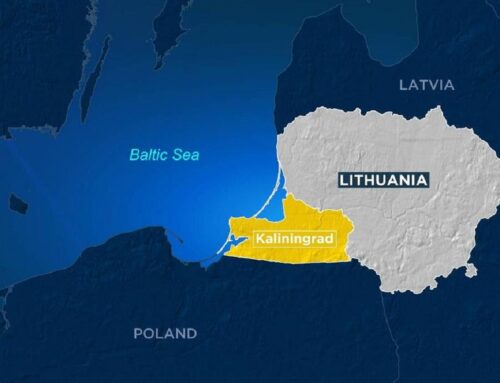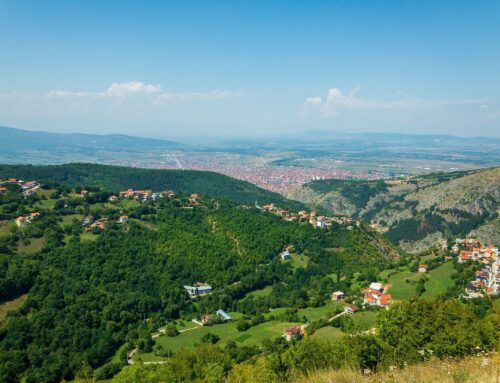Lithuania and Poland are NATO and EU member states. Both states border Russia, which might not be apparent, should one carelessly skim the European map. However, it is through the Kaliningrad exclave that the states share the border. Kaliningrad boasts strategic importance to Russia, housing the Baltic Fleet. It is the country’s only ice-free port in the Baltic Sea, creating a quandary in the region.
The Iskander missile system was placed in Kaliningrad in 2016 with many Western analysts and intelligence sources assuming that the missiles are equipped with nuclear weapons. The Iskander-M have a range of up to 500 kilometres and are capable of carrying either conventional or nuclear warheads.
From a Russian standpoint, Kaliningrad is a fragilely positioned territory with a strategically paramount Baltic fleet. However, the Western vulnerability is exposed to the missile threat, especially considering that the Suwalki Gap – around 100 kilometres of border between Lithuania and Poland, sandwiched between hostile territory: Kaliningrad and Belarus, a Russian ally. At the current moment that is the only way NATO can defend the Baltic states on land from the potential attack, which is rather problematic considering that closing it off would be unchallenging for Russia. In the light of the transit ban by Lithuania, Russia has been threatening the EU by holding trainings in the Baltic Sea and Kaliningrad region. A demonstrative Security Council meeting was held by Russia in the Kaliningrad region immediately after the adoption of the ban.
However, the power dynamic in the Baltics is changing drastically with Turkey giving Finland and Sweden the greenlight to join NATO. Before that, the Baltics were a mixed land with neutral states, NATO and Russia, making it problematic to defend the Baltic region in a potential conflict, considering that the closest NATO territory was Norway and Denmark.
With Finland and Norway being on the verge of joining NATO, the Baltic Sea is becoming a NATO pool with Russia being the only non-NATO territory.
Thus, the Suwalki Gap loses its significance as a strategic territory for NATO, taking away Russia’s strategic dominance on the Baltic coast. NATO is likely to be done with the Suwalki vulnerability due to the Baltic coast being better protected by the sea or air with Finland and Sweden’s membership.
Last time when Russia’s port in the Black Sea was under question, Russia annexed the Crimean peninsula. With the power dynamic shifting in the Baltics, geopolitical implications are yet to unveil.




